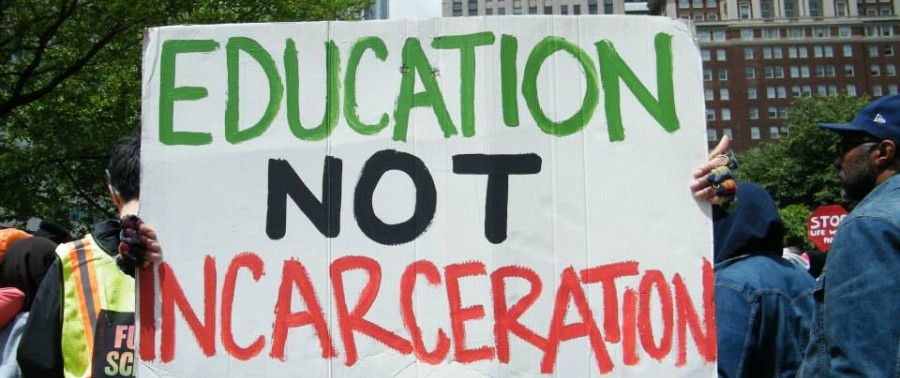Hoffman (2014) and Wilson (2014) both concluded that the expansion of the zero tolerance policies results in increased overall suspension and expulsion rates for all students. Wilson (2014) cites a study that looked at Texas middle schools and found that exclusionary discipline was shockingly commonplace, with 31% of all students spending an average of two days at home at least once in their school career (p. 51). This study, as cited by Wilson (2014), also found that students with one suspension were five times more likely to drop out, and nearly three times as likely to come into contact with the juvenile justice system the following year (p. 51). This demonstrates a clear causal link between zero tolerance policies, exclusionary discipline, and the perpetuation of the school-to-prison pipeline.
Hoffman (2014) and Wilson (2014) both concluded that that the expansion of zero tolerance drastically exacerbates racial disparities in rates of suspension and recommendation for expulsion, and that the expansion of zero tolerance has a much larger impact on black students than on white students. Wilson refutes the argument that zero tolerance policies remove subjectivity or racial bias from disciplinary action, and cites one study in which 97% of exclusions were at the discretion of educators, and students of color were significantly more likely to face exclusion.
Wilson and Hoffman both ultimately conclude that zero tolerance policies do not work. Hoffman (2014) cites the fact that they do not actually serve as a deterrent for students (there are more overall exclusions), and that they exacerbate already large racial disparities in disciplinary outcomes (p. 90). Wilson argues that exclusion harms more than it helps, as “exclusion only further damages the bond between students, families, and school staff” (p. 51). (p. 51). Wilson and Hoffman both also argue that excluding kids from school does not serve the public interest, as it impedes them from becoming self-sufficient contributing citizens, and fuels the school-to-prison pipeline.
Both Wilson and Hoffman call for an absolute end to all zero tolerance policies in Americas public schools. Hoffman (2014) argues in favor of “proactive and compassionate approaches to discipline policy” (p. 91), and Wilson calls for new educator training in building positive school climates, “”so that a caring community can be created within classrooms and schools” (p. 52). Both scholars emphasize the important role of a caring, compassionate approach to school discipline, and classroom management.
Citations for the full articles:
Hoffman, S. (2014). “Zero Benefit: Estimating the Effect of Zero Tolerance Discipline Polices on Racial Disparities in School Discipline” Educational Policy, 28(1), 69-95.
